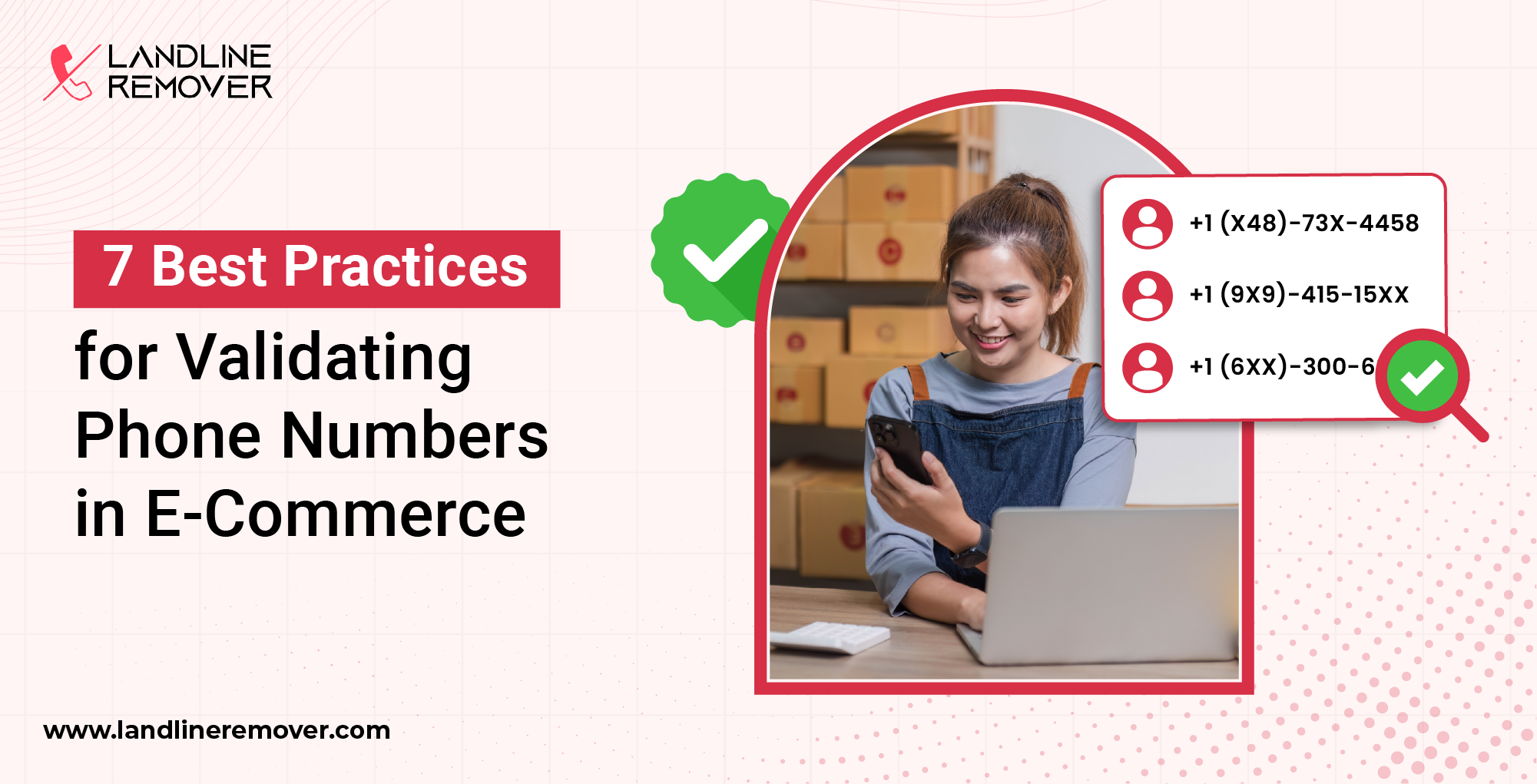2. Format Phone Numbers Using the E.164 Standard
As the world moves to an increasingly globalized digital world, it is important to maintain consistency and accuracy in phone number formatting. E-commerce businesses are all simultaneously reaching their customers (individuals and companies) and various third party services, such as SMS providers, payment gateways, and CRMs, etc., in a global environment. In this way, it is important to follow a pattern, or conventions, in phone number formatting so that systems can accurately communicate with each other, both locally and globally.
Best Practice:
When a user submits a phone number, always convert the phone number to the E.164 international phone number format (ex. 12125551234). E.164 format includes the country code and removes any unnecessary symbols or spaces. An E.164 formatted phone number is universally accepted (if the service allows for global phone numbers). Ensuring that a phone number is submitted in E.164 formatting provides that whether you are sending an OTP to your customer in Tokyo, or advice of delivery to someone in Toronto, this phone number will still be recognized properly in any and every system or network.
Why It Matters:
Employing the E.164 format is important for standardization as it limits inconsistencies between systems. Lack of consistency in formatting phone numbers can cause failure messages, inaccuracies in data, and integration challenges, especially when managing different countries, time zones, and regional carriers.
Using E.164 allows phone numbers to be accepted by international SMS gateways and verification APIs, which limits inconsistencies and enhances communications. It is especially useful for organizations that work internationally across many markets and have different local number formats.
For Example:
An e-commerce SaaS provider focused on subscription services utilized E.164 formatting for their two-factor authentication (2FA) SMS alerts. By automating the conversion to E.164 during the signup of users, they achieved a whopping, 98% delivery success rate for OTPs. Before transitioning to E.164, they experienced inconsistent deliveries of OTPs because of formatting problems across the international carriers used. With the change, customer complaints with failed verifications were greatly diminished, improving their platform’s security and user experience.
Pro Tip: Ensure all phone numbers are automatically formatted to the international E.164 standard so that there will be fewer mismatches in international communications and more compatibility with different systems.



